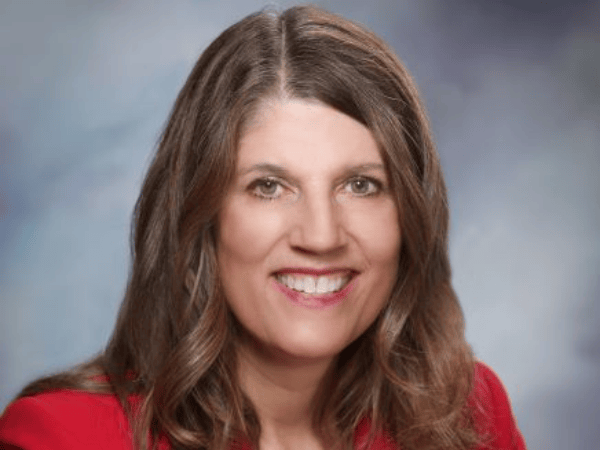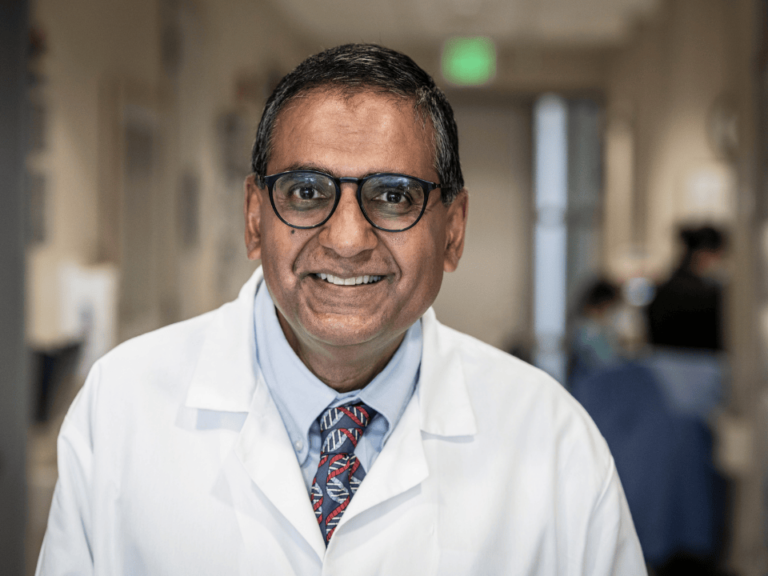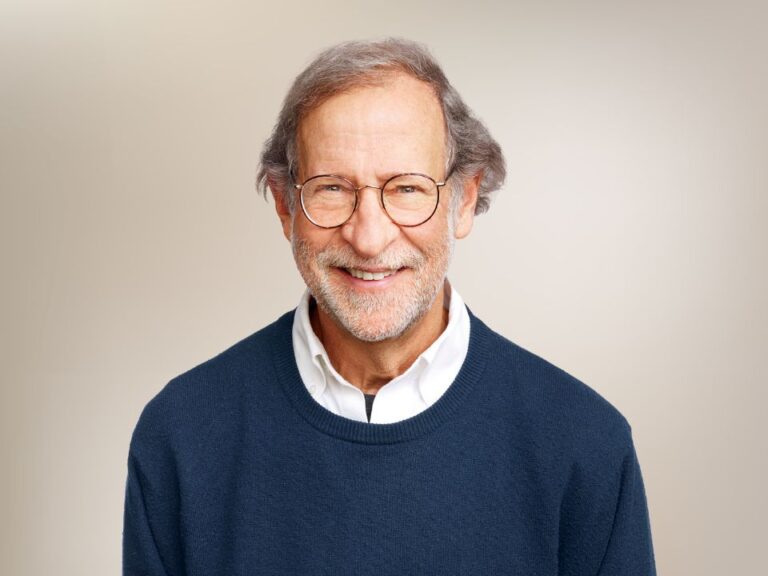The breast cancer community has lost a friend, a partner, and a dedicated patient advocate.


It is now in vogue to embrace the concept of patient advocacy in science.
Back in the 90’s, when the National Breast Cancer Coalition first launched our programs to educate and train advocates in science and push for them to have a seat at the table, the idea was not welcome by most of the research community.
But Leslie Bernstein believed in it from the very first time she heard of it. Not only did she believe in it, Leslie understood what meaningful advocate participation looked like and what meaningful advocacy meant. And unlike many scientists, she wasn’t afraid of it.
She never tried to water down the concept by only working with advocates who wouldn’t challenge her or refuse to push against the status quo. She relished in collaborations that pushed her to do more, different, and better.
She was a true partner to advocates.
We respected Leslie, not just because she understood the power of partnerships with real advocates, but also because she believed in science always, not just when it was expedient.
When we first developed Project LEAD®, our initial science training program for lay advocates, Leslie was at the table to help design the curriculum, and then she was there to teach Project LEAD courses.
I do remember well her first Project LEAD session on screening. She assumed the students understood and were as dedicated to evidence as NBCC leaders were. And then, she began to lay out the reality of the data on screening.
While she quickly recovered, she was taken aback by the vehemence with which the yet-to-be-educated advocates protected their screening beliefs. She thought perhaps she should have an armed guard with her at future Project LEAD courses.
But as always, she didn’t let popular opinion sway her from science, and over time she won over hundreds of advocate leaders.
She not only braved the advocates, she stood up to policymakers on Capitol Hill. When NBCC went to the Hill to explain to an adamant member of Congress that her bill was not consistent with the evidence, Leslie was there by our side, speaking out, laying out the science, and rebutting attacks.
She wasn’t cowed by the trappings of power in Congress. She stood her ground and stood with us.
When we wanted the National Cancer Institute to take on the misinformation about abortion raising the risk of breast cancer, Leslie immediately stepped up to add her voice and expertise to the discussion and took a leadership role in the subsequent workshop.
As a leader of the California Teachers Study, Leslie insisted that patient advocates be included as equal members.
When NBCC launched our Deadline 2020 Campaign, unlike many in the research community, she eagerly signed up. And when NBCC launched our Artemis Project, she was one of the first scientists we reached out to.
Of course, she said yes.
Leslie was a master teacher, phenomenal mentor, and creative researcher. She was a highly principled epidemiologist who pursued strong evidence. She wanted the truth and spurned the hype.
And when we started that project with the question “Can you have a preventive vaccine in breast cancer?” back in 2010, Leslie didn’t blink. She dove right in.
At our first meeting, she expressed concern to an NBCC advocate that the scientists and advocates around the table hadn’t gotten far enough in figuring out how to end breast cancer.
The advocate smiled and told Leslie; we don’t expect to figure it out in one meeting. Leslie’s response was, “But if not us, who? We need to do better.”
Several years ago, we at NBCC talked about instituting an award for scientific courage and integrity. There was no question that the award would go to Leslie Bernstein.
Leslie was a master teacher, phenomenal mentor, and creative researcher. She was a highly principled epidemiologist who pursued strong evidence. She wanted the truth and spurned the hype. She was not only the leader in researching breast cancer risk; she was able to explain it all so that everyone could understand.
She embraced advocates as collaborators. She did all that she could to educate, welcome, and include advocates in research. She was a powerful example of a brilliant scientist, a dedicated advocate, and a compassionate friend.
We celebrate the life of Leslie Bernstein. We will miss her.
The author is president of National Breast Cancer Coalition.











